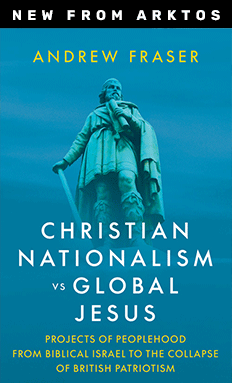The Hunt For Work Fosters Tension
Yolanda Woodlee, Washington Post, Jan. 26, 2007
Regina James says she drives past Rhode Island Plaza every weekday morning and has mixed feelings at the sight of more than 100 Latino men waiting for day-labor jobs in the Home Depot parking lot.
The increasing number of laborers, some of whom residents say leave trash on the ground and urinate along a nearby barrier wall, has heightened tension and stirred mistrust between the Latinos and the mostly black residents of the working-class Brentwood neighborhood in Northeast.
Some residents complain that the day laborers don’t live in the community, express fears that their presence could bring down property values, and gripe that they may be illegal immigrants taking jobs from others.
{snip}
But at the same time, James and other residents are worried about their own reactions. They know that African Americans are also out of work and out looking for jobs.
{snip}
Despite the ethnic component to the problem, the situation in Brentwood is part of a growing dilemma in the Washington area and elsewhere, intensified by those who oppose spending taxpayer dollars to help immigrants who may not be in the country legally.
{snip}
In the District, Latino advocates say the Home Depot is the largest day-labor site since one of two paint stores closed at 15th and P streets NW. During the summer, residents say they have seen as many as 200 day laborers at the Home Depot. Residents say police have not acted on their complaints about loitering because the parking lot is private property.
There was an incident last year at the Home Depot in which a day laborer stabbed three other laborers, but workers said they’re not there for trouble.
{snip}
According to the Inter-American Development Bank, there were more than 44,000 adult Latin American immigrants in the District in 2006, sending a combined $154 million to their home countries. That population estimate is higher than some; the U.S. Census Bureau estimated that in 2005, the District had about 34,000 people born in Latin America, of all ages.
{snip}
It’s a “hotbed issue,” said William Shelton, an advisory neighborhood commissioner. “The African American community is a little concerned that if there had been 100 African American men standing on that lot. .. would we allow it for a year or two? Not to be negative, but the community just doesn’t understand.”
D.C. Council member Harry “Tommy” Thomas Jr. (D-Ward 5) said he plans to quell any problems. He wants to see a multicultural center, with educational programs and a one-stop workforce station to ensure all workers are treated fairly by their employers.
“There’s a clash over labor between African Americans and Hispanics,” Thomas said. “I hear of the hysteria. . .. They say, ‘Why are these guys coming over here looking for work and taking work?’ They don’t live here.”
On Tuesday, Thomas met with a group that included Hernandez, who is president of the Washington D.C. Workers Union, a newly organized group; George Escobar of the city’s Office on Latino Affairs; and Ted Loza, chief of staff for council member Jim Graham (D-Ward 1), whose ward has the city’s largest population of Latino residents.
{snip}
Some of the activists said they recognize the concern but would expect that African Americans would identify with the Hispanic workers.
{snip}
Senior citizens are disturbed that the workers ask them for money, food and jobs, Chandler said.
Charlotte Blair, 67, and her, husband, Thomas, 66, have lived in Brentwood since 1971. Although she said she’s never been harassed by the day laborers, Blair no longer walks alone.
“It’s kind of a scary situation,” Blair said. “Women walking up through there with a whole group of men. I just don’t feel comfortable. I would like to see the place cleared.”
{snip}















